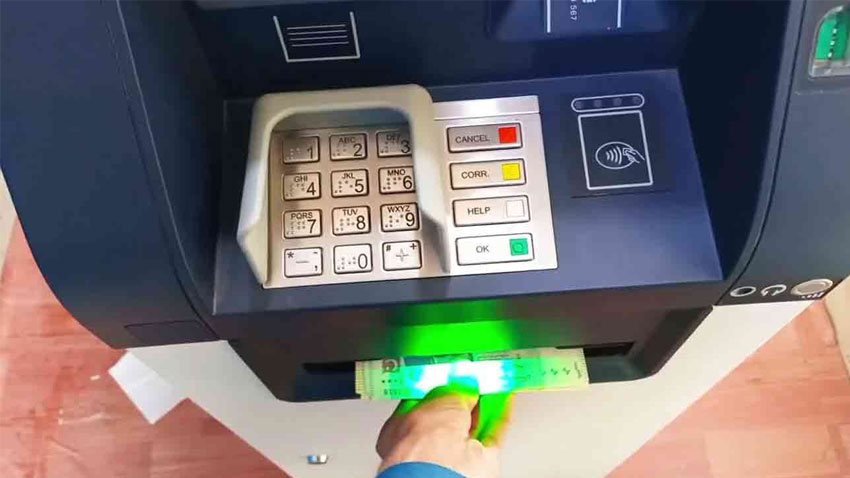
According to sources, the government has proposed new measures to expand the tax network and boost revenue, which may soon be implemented. Reports suggest that the tax rate on cash withdrawals by non-filers might be raised from 0.8 percent to 1.5 percent.
This potential increase could help the government generate around Rs30 billion in additional annual income. However, it would also mean that millions of non-filers will pay nearly double the current tax on every ATM or bank transaction, possibly increasing financial pressure on ordinary citizens.
Read more: How will govt digitize all payments by 2026 – Here’s new reform roadmap
Officials say the proposals have been made to cover the revenue shortfall, as the Federal Board of Revenue (FBR) collected Rs2,885 billion during the first half of the fiscal year against the target of Rs3,083 billion.
It has been revealed that these suggestions were discussed with the International Monetary Fund (IMF) during recent staff-level talks. Although the government has decided not to introduce a mini-budget, the IMF has been informed about possible tax adjustments to meet revenue goals under the loan program.
Economic experts caution that if this plan is approved, non-filers will face higher transaction costs, and it could discourage cash withdrawals through banking channels.
This move seems like a quick fix to the government’s revenue gap but may affect the general public more than intended. Non-filers, already burdened by inflation, could shift towards cash dealings outside banks, reducing digital transactions. A balanced approach with incentives for tax filing might be a wiser long-term strategy.




